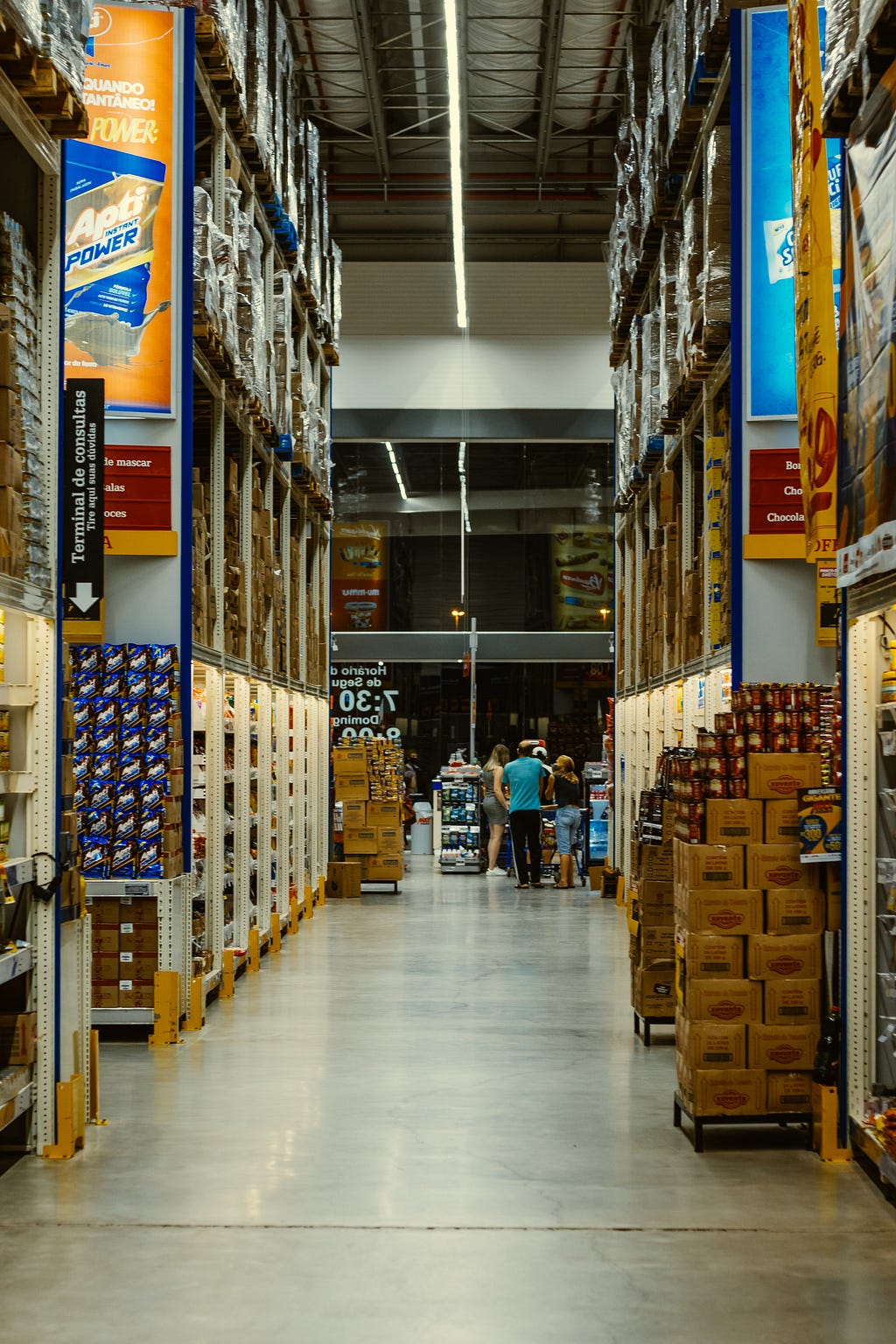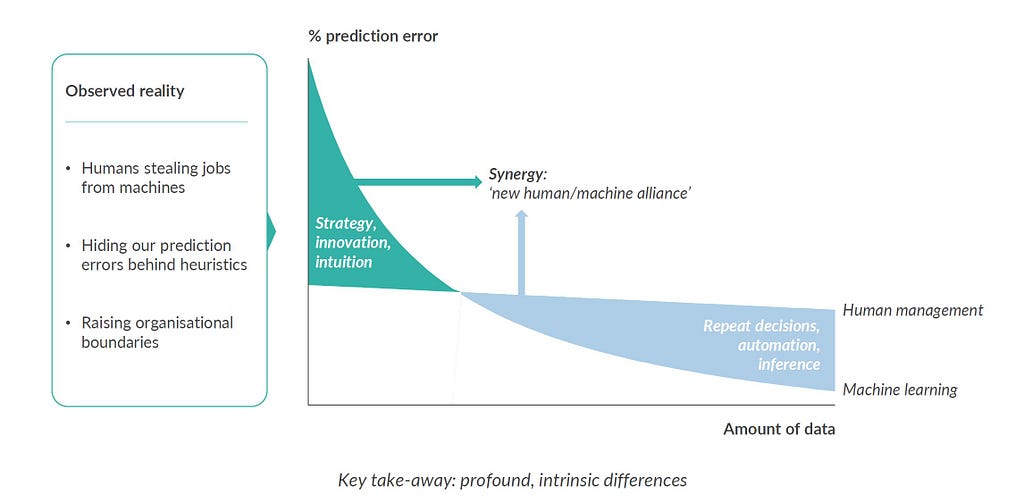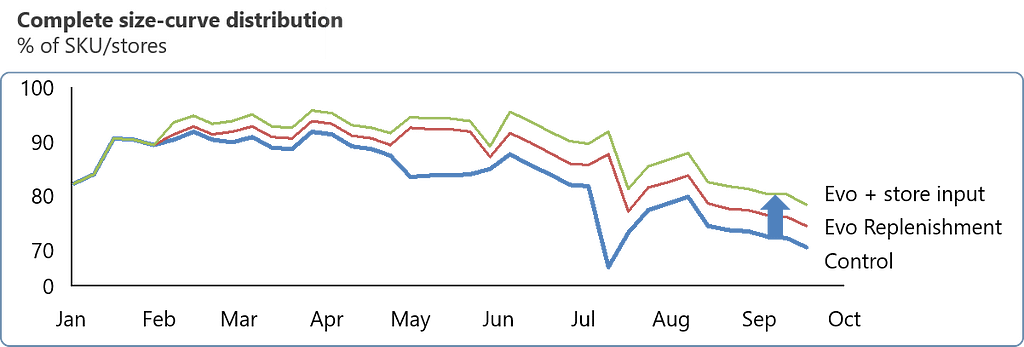
Holiday Supply Chain Optimization for Us Mere Mortals
Last Updated on December 23, 2020 by Editorial Team
Author(s): Fabrizio Fantini
Business Science
Santa has magic. Is AI our own enchanted solution?

It’s the holiday season, and while festivities may be muted publicly, I’ve still been enjoying lighting the tree, drinking mulled wine, and celebrating with loved ones at home.
As Christmas draws near, it’s impossible not to think of Santa — and as the CEO of an AI company that optimizes supply chain, it’s impossible to ignore his looming logistical challenge. Delivering billions of packages around the entire world in one night? That kind of task would challenge even the most sophisticated AI.
This time of year, a lot of AI companies come out with articles explaining how Santa has used their tools to save Christmas or get his presents to good little girls and boys faster. It’s fun to read, but obviously silly. Santa has magic serving as his logistics manager.
But what about us mere magic-free mortals, how do we get packages where they need to go on time?
Holiday supply chain challenges
It is an especially fraught holiday season for supply chain logistics. More people are making holiday purchases online, and it is overwhelming supply chains. That doesn’t even take into account all the other supply chain disruptions caused by Covid. Store closures, factory delays, and even the usual winter weather challenges are making it difficult to map out where and when to send goods.

Predicting consumer demand has been similarly frustrating for companies. As I warned before Bleak Friday, price-conscious customers have temporarily disappeared, and many consumers are scaling back holiday gifts. These reduced holiday plans mean that fewer people are adding impulse buys to their shopping carts. As such, it has become exponentially more important for retailers to match consumer demand with the exact right product or risk losing the sale. Plus, social distancing has made the usual trends of “it” holiday gifts less reliable.
No wonder supply chain managers feel overwhelmed! 2020 has created the perfect storm to upend traditional approaches to supply chains.
Supply chain optimization in a changing world

So what is the solution? How can executives possibly optimize supply chains when facing so many new obstacles at once?
It’s time to let AI optimize supply chains faster than any human ever could.
AI’s greatest strength is its ability to process massive amounts of data more quickly and accurately than any human (or even a huge team) could. AI isn’t smarter than people; it’s just got more processing power. It can recognize emerging patterns faster and use the data to suggest the best course of action. With the right model, we can adjust before it’s too late.
This year, we’ve had to throw historical data out the window. Nothing is operating the way we expected. On our own, we may find the optimal solution years after Covid-19 has become a memory. With AI, we can optimize our supply chains now, pivoting in real-time with the data.
It’s AI, not magic

But many companies already use AI, right? So how come we are still facing shipageddon? Why are so many companies still failing to anticipate demand accurately?
Simple: we’re not using AI correctly.
“Only when the tide goes out do you discover who’s been swimming naked”. — Warren Buffett
When the pandemic hit, disruptions revealed fatal design flaws in far too many AI models. Many data scientists found themselves battling model drift in addition to the disturbances themselves. That’s a problem. A good model should use disruption as an opportunity for automated learning, not unravel.
Due to its over-reliance on data, AI can hardly innovate on its own. It can and should, however, learn from new data. Yes, AI will be less accurate in the wake of a massive disruption in previous patterns, but a well-designed algorithm should adjust. Once armed with new information, AI learns much faster than humans.
AI is a tool, not an all-knowing magical entity. Santa may see everything, but our AI can only respond to the data we feed it: it’s limited by the constraints we build into our models. Yet rather than recognize that fact, we tended to either overreact to the temporary dip in accuracy or underreact to model drift we failed to anticipate.
We managed to magnify the strengths of AI while ignoring its blind spots.
The human element
The solution? A human-machine alliance that leverages the greatest strengths of both humans and AI. AI and human managers play different but complementary roles. We set strategy, objectives and rules; AI implements them for us, fast and effectively. Even when facing the kinds of disruptions we face this holiday season, we do better together.

I’m always emphasizing how critical automation is for AI implementation to be successful, but the human element is still equally vital. AI has highly specialized, narrow intelligence, while people have a general knowledge that AI lacks. We can provide insights that AI might miss and enhance its accuracy.
In fact, at Evo, we deliberately integrate manager input into our model. In our very first real-world test case, AI alone increased the accuracy of the demand forecast by 19 p.p. AI + human input increased that accuracy by an additional 5 p.p. This additional 5 p.p. isn’t a theoretical improvement; it brought tangible benefits, including a 16% increase in revenue. The human element matters significantly, especially in these turbulent times.

To fully integrated, autonomous logistics in 2021!

We may not have an enchanted solution for optimization that will magically fix all our holiday supply chain issues. Still, we do have a real opportunity to maximize our results with AI. AI isn’t perfect, but when appropriately leveraged, especially alongside human managers who understand AI, it can make many of our logistical headaches disappear.
In 2021, we need to harness the best of AI to deliver optimized recommendations, but we can’t expect AI alone to be the magic bullet. Integrating human strengths into autonomous systems improves outcomes and makes algorithms more resilient. And that’s what the new year needs most: resilient AI models that can help us mitigate unexpected disasters in the future.
Happy holidays and a prosperous new year to you all! May 2021 be brighter for everyone — both in terms of the supply chain and in life beyond.
PS I regularly write about Business Science. Recommended follow-up reading:
- 5 Ways Business Science Will Transform the Supply Chain in 2021
- Supply Chain Optimization: Worth It or Not?
Monthly Business Science in your inbox, new software, and University-level learning:
Free access
Questions? Please reach out on Linkedin
Holiday Supply Chain Optimization for Us Mere Mortals was originally published in Towards AI on Medium, where people are continuing the conversation by highlighting and responding to this story.
Published via Towards AI
Take our 90+ lesson From Beginner to Advanced LLM Developer Certification: From choosing a project to deploying a working product this is the most comprehensive and practical LLM course out there!
Towards AI has published Building LLMs for Production—our 470+ page guide to mastering LLMs with practical projects and expert insights!

Discover Your Dream AI Career at Towards AI Jobs
Towards AI has built a jobs board tailored specifically to Machine Learning and Data Science Jobs and Skills. Our software searches for live AI jobs each hour, labels and categorises them and makes them easily searchable. Explore over 40,000 live jobs today with Towards AI Jobs!
Note: Content contains the views of the contributing authors and not Towards AI.












